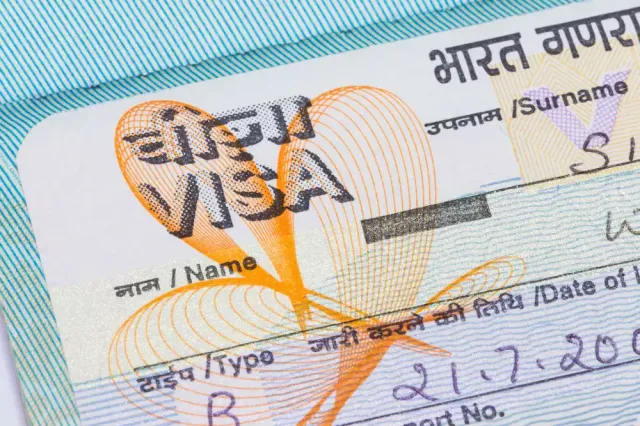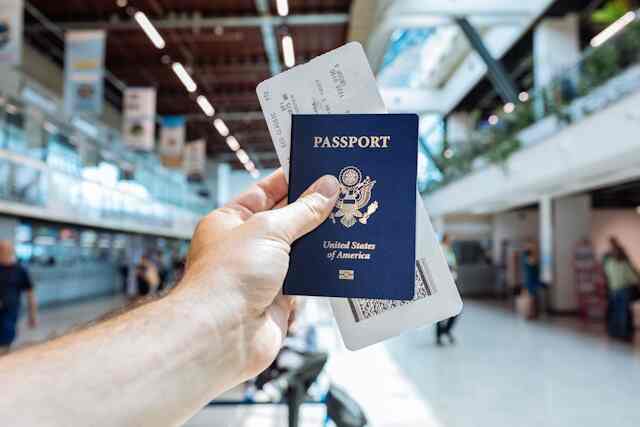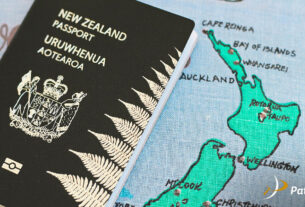Embarking on a journey to India, a land renowned for its rich cultural tapestry, diverse landscapes, and vibrant traditions, is an enticing prospect for many US citizens. However, navigating the Indian visa process can seem daunting without proper guidance. Indian Visa from USA In this comprehensive guide, we’ll unravel the intricacies of obtaining an Indian visa for US citizens, providing insights into the visa types, application procedures, and essential considerations for a seamless travel experience.
Understanding Indian Visa Types:
India offers several visa categories tailored to different travel purposes, each with its own set of requirements and restrictions. For US citizens, the following visa types are most relevant:
Tourist Visa:
Ideal for US travelers planning leisure trips to India for sightseeing, exploration, or visiting friends and family. Tourist visas are typically granted for short-term stays and may allow for single or multiple entries.
Business Visa:
For US entrepreneurs, professionals, or investors engaging in business-related activities in India, a business visa is necessary. This visa category facilitates participation in meetings, conferences, trade exhibitions, or exploring business opportunities.
Employment Visa:
US citizens offered employment opportunities by Indian companies must obtain an employment visa. This visa permits legal employment and residency in India and requires sponsorship from the hiring organization.
Medical Visa:
For US citizens seeking medical treatment in India, a medical visa is available. This visa category is designed for individuals traveling to India for medical procedures, consultations, or specialized treatments.
Indian Visa Application Process:
The process of obtaining an Indian visa for US citizens involves several key steps:
Online Application:
US citizens can apply for an Indian visa online through the official website of the Indian Visa Online portal (https://indianvisaonline.gov.in). INDIAN VISA FROM JAPAN The portal provides a user-friendly platform for completing the visa application form and uploading required documents.
Document Submission:
US applicants must submit essential documents, including a valid passport, passport-sized photographs, proof of accommodation in India, travel itinerary, and supporting documents specific to the visa category (e.g., invitation letters for business visas).
Biometric Enrollment:
As part of the visa application process, US applicants may need to visit a designated biometric enrollment center to provide fingerprints and photographs.
Fee Payment:
Applicants are required to pay the visa fee through the online portal using a credit or debit card. The fee amount varies depending on the visa category and duration of stay.
Visa Interview (if applicable):
In some cases, US applicants may be required to attend a visa interview at the nearest Indian embassy or consulate. The interview aims to verify the applicant’s intentions, travel plans, and eligibility for the visa.
Key Considerations:
When applying for an Indian visa, US citizens should keep the following considerations in mind:
- Plan Ahead: Initiate the visa application process well in advance of the intended travel dates to allow for processing time.
- Documentation: Ensure all required documents are accurately prepared and submitted according to the guidelines provided by the Indian authorities.
- Validity Period: Check the validity period of the visa to ensure it aligns with the planned duration of stay in India.
- Compliance: Adhere to Indian visa regulations and laws throughout the duration of the visit to avoid any legal issues or complications.
Conclusion:
Obtaining an Indian visa is the first step towards embarking on a memorable journey to the enchanting landscapes and cultural marvels of India for US citizens. By familiarizing themselves with the visa types, application procedures, and key considerations outlined in this guide, US travelers can navigate the process with confidence and immerse themselves in the timeless wonders of the Indian subcontinent.



